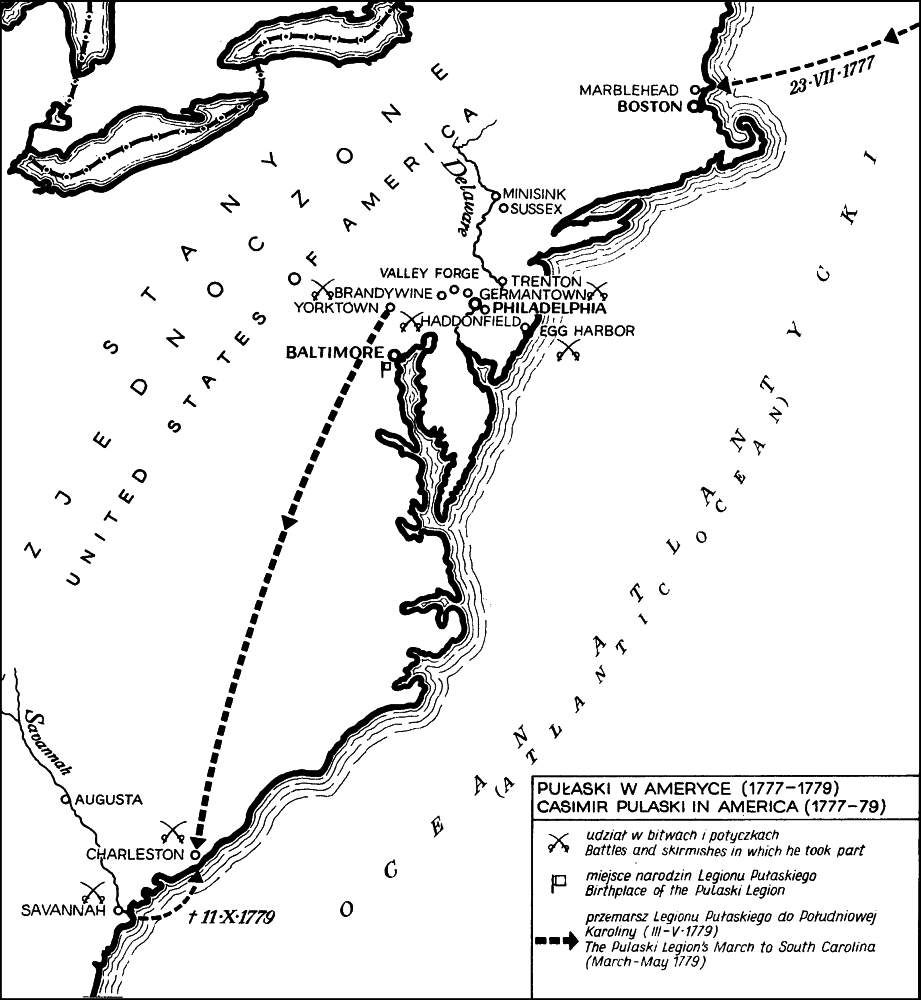- Details
- Category: Page
Donec ornare tincidunt vehicula. Fusce eget aliquam nulla. Fusce quis dictum urna. Praesent sit amet quam porttitor, tempus nisi non, viverra quam. Aenean ornare diam libero, at dapibus leo varius eget. Aenean nisl mauris, auctor id nulla eu, tincidunt vehicula nisi. Proin ornare, ipsum vitae elementum auctor, risus mi fringilla ligula, ac condimentum elit mi nec augue. Nullam efficitur iaculis molestie. In malesuada mauris vitae sem iaculis, ut imperdiet enim luctus. Praesent sollicitudin ligula sed ipsum tincidunt faucibus. Pellentesque arcu diam, dignissim a molestie et, vulputate vel urna. Fusce eget orci imperdiet, laoreet urna in, hendrerit dolor. Sed vitae luctus neque.
- Details
- Category: Page

The Museum and Education Center is a newly built part of the Museum, opened following the "Revitalization of the manor and park complex in Warka" project in the years 2012-2015. The Center is the Museum's base and support area to conduct educational activities and promote culture. It is located in a place formerly occupied by old farm buildings in Warka-Winiary, elegantly dividing the park between the new and historic part.
The Center houses a publicly accessible common area and offices for the staff. It includes a conference and concert hall with a separate office, temporary exhibition room with an office, education room for meeting schoolchildren and the youth, collection storage area, archives, easily accessible library, tourist café, coat room, toilets, and landscaping equipment storage area.
The winning design in an open tender comes from Warsaw-based design studio of Bulanda & Mucha. The concept revolved around the rich tradition of this place and such timeless materials as brick and wood. The building does not overshadow the existing Pulaski Manor and underlines the latter's domination over the Museum and Education Center.
The formerly primary seat of the Museum, the Pulaski Manor, underwent a general renovation, after which the entire historic building was made accessible to the public. The staff offices, collection storage rooms, and landscaping base, previously housed in the historic building, are now located in the Center, which opened for the staff in September 2015. In May 2016, the building is scheduled to welcome the public.
- Details
- Category: Page
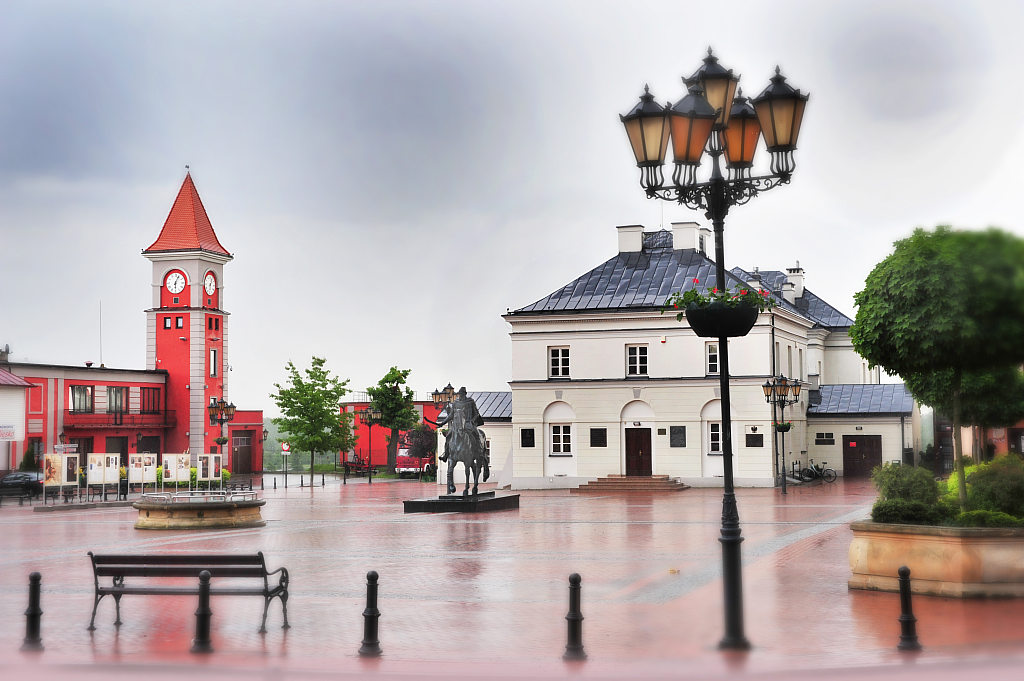 Warka is one of the oldest towns in Mazovia. Its name has never been fully explained. Some historians speak about it being derived from the Polish word 'warowac,' which means 'to guard, watch' and refers to the role Warka used to play as an early Middle Ages settlement on top of an escarpment on the Pilica River. Others see the name originate from the word 'warzyc,' which refers to brewing beer. After all, Warka was one of the biggest and earliest documented brewing towns in Poland. If it was not for the name origin, the town history would be wonderfully documented.
Warka is one of the oldest towns in Mazovia. Its name has never been fully explained. Some historians speak about it being derived from the Polish word 'warowac,' which means 'to guard, watch' and refers to the role Warka used to play as an early Middle Ages settlement on top of an escarpment on the Pilica River. Others see the name originate from the word 'warzyc,' which refers to brewing beer. After all, Warka was one of the biggest and earliest documented brewing towns in Poland. If it was not for the name origin, the town history would be wonderfully documented.
Several factors contributed to Warka robust development: its location on the Pilica River, rich and fertile lands, a convenient crossing on the Pilica River, its location on the communication and trading routes that passed through the town. All of the above played a role in the dynamic development of a market town, which subsequently built on its infrastructure and administration. As early as 1375, Warka had a town council, consisting of consuls and councilors, as well as a functioning town court, and Mazovian Princes took good care of it.
The 15th and 16th centuries mark Warka's greatest development. The town began to bloom as a center of artisans and trade, with cobblers and brewers leading the way. Warka beer was extremely popular. As early as 1478, Mazovian Prince Boleslaw V granted Warsaw City Councilors the exclusive privilege to sell Warka beer. In the 16th century, Warka had as many as seven churches. The number is well documented by memoirists, travelers, and church inspectors.
In the early 17th century, Warka's prosperity began to fade. The town was severely damaged during Zebrzydowski's Rebellion (rokosz Zebrzydowskiego) against King Sigismund III Vasa and later in a battle during the Second Northern War between Sweden and the Polish-Lithuanian Commonwealth in 1656. Subsequent fires added to the destruction. In 1795, following the Third Partition of Poland, Warka was ruled by Prussia, and in 1815, Warka became part of Congress Poland and was ruled by the Russian Empire.
The next years, marked by various uprisings aimed at regaining Poland's independence, left their imprint on the town. In the 1830, artillery units called 'the rocketeers' (rakietnicy) were stationed in the town. Headed by the national hero of Poland and Hungary Jozef Bem, the unit engaged in battles during the November Uprising of 1830-1831. The January Uprising of 1863 brought a series of sanctions on the town for sympathizing with rebels. Lt Col Wladyslaw Kononowicz, a head of the local rebel unit, fought numerous battles against Tsar troops in Warka environs. Lt Col Kononowicz were captured and later executed during a public execution on meadows surrounding the Pilica River on June 4, 1863.
The late 19th century, Warka regained its economic glory through its big industrial plants. In 1891, "Bracia Lubert" Construction Hardware Factory (Fabryka Okuc Budowlanych „Braci Lubert”) opened in town. Another plant, the brewery in Warka-Winiary, was still in operation and continued the artisan traditions. World War I and World War II leveled the town. German soldiers executed many residents. Warka took many long years after Poland regained its independence to rise from rubble.
Many historic figures have ties to the town. Writer and author of the oldest description of Mazovia (dating late 16th and early 17th centuries) Andrzej Swiecicki lived in the nearby village of Ostroleka. Baroque musician, composer and architect Adam Jarzebski was born here. Hero of the November Uprising Piotr Wysocki was born, lived, and died in Warka. The town gave birth to a well known medical doctor, ethnographer and writer Wladyslaw Matlakowski. However, Warka takes greatest pride in its ties to Casimir Pulaski, the Hero of Two Nations.
- Details
- Category: Page
Casimir Pulaski's military activities in Poland
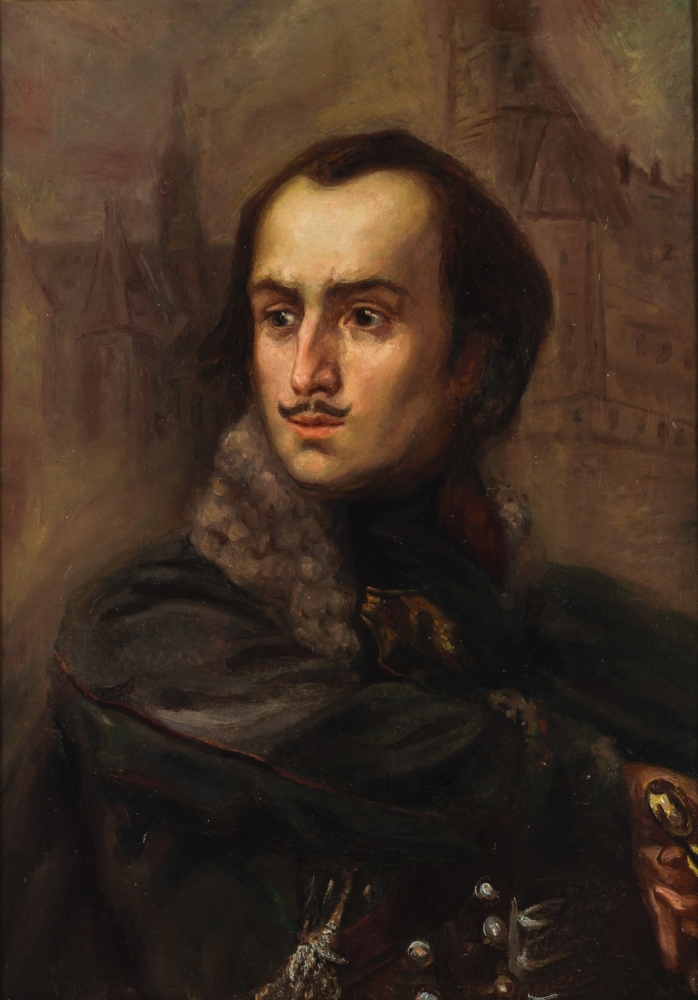 On February 29, 1768, Polish nobility drafted and adopted a declaration of confederacy in a Carmelite monastery in the town of Bar in the historic region of Podolia (now Ukraine). They chose to defend their rights, Poland's independence, and Catholic faith. The Bar Confederation's main leaders were Michal Krasinski, a brother of Kamianets-Podilskyi Bishop named Adam Krasinski, and Jozef Pulaski, father of Casimir Pulaski, who took the role of the troops' marshal and military commander.
On February 29, 1768, Polish nobility drafted and adopted a declaration of confederacy in a Carmelite monastery in the town of Bar in the historic region of Podolia (now Ukraine). They chose to defend their rights, Poland's independence, and Catholic faith. The Bar Confederation's main leaders were Michal Krasinski, a brother of Kamianets-Podilskyi Bishop named Adam Krasinski, and Jozef Pulaski, father of Casimir Pulaski, who took the role of the troops' marshal and military commander.
Casimir Pulaski, along with his brothers Franciszek and Antoni, began to gather nobility forces to form cavalry regiments. The resulting Polish-Russian war continued for five years. Its battlefields were scattered all across the country, from today's Ukraine, Belarus, and Lithuania, through Lesser Poland, Greater Poland, and Mazovia, to Pomerania at the Baltic Sea. Casimir Pulaski's military talents showed very soon into the war. He defeated Russian troops at Pohorele on April 20, 1768, and was able to hold off the enemy at the city of Berdychiv (now Ukraine) for two weeks. In the spring of 1769, Pulaski defended a fortress at the meeting of the Zbruch and Dniester rivers called Ramparts of the Holy Trinity. By the time he was made Confederation marshal of the Lomza district in August 1769, he and his troops had defeated Russian military forces on several other occasions. His biggest military success was yet to come – in 1770 and 1771, Casimir Pulaski successfully and heroically defended Jasna Gora monastery in Czestochowa against the sieging troops of Russian commander General Ivan Drevitz.
On November 3, 1771, his brilliant military career in Poland came to an abrupt end. At the time, Poland was ruled by King Stanislaw II August Poniatowski, the last king and Grand Duke of the Polish–Lithuanian Commonwealth. One of the most polarizing figures in Polish history, the king was a true patron of arts, and once a lover of Catherine the Great. On this fatal day, the king was abducted in Warsaw. After his release, the king charged confederates with attempted regicide, listing among others Casimir Pulaski. The military hero was to be executed, so he chose exile. Casimir Pulaski left Jasna Gora monastery in Czestochowa on May 31, 1772.
Casimir Pulaski's military activities in the USA
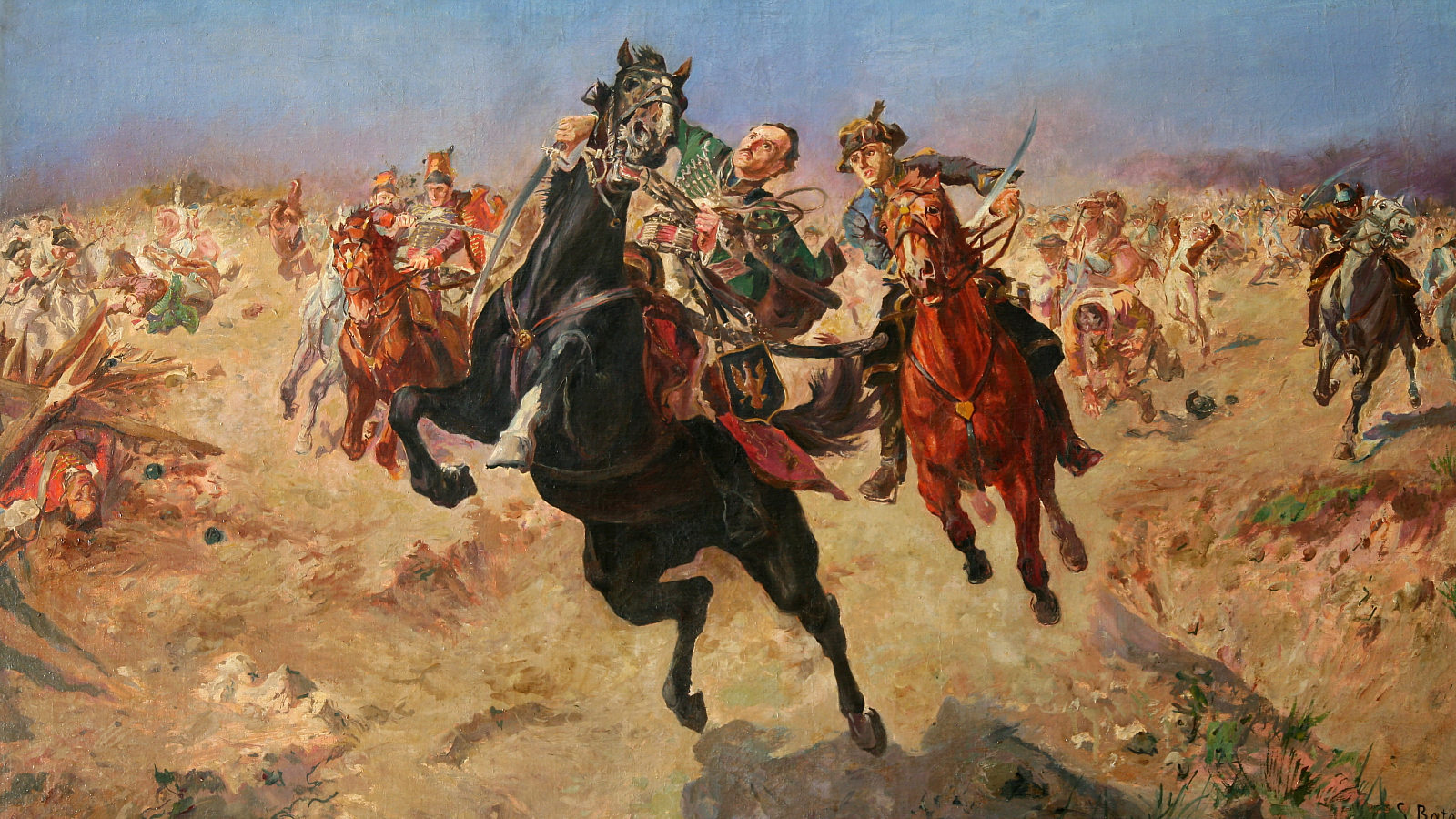
Having arrived in Boston on July 23, 1777, Pulaski joined General Washington in organizing rebel cavalry forces. He participated in many battles and skirmishes, during which he would charge bold attacks and successfully defend his posts. His abundant experience gained during the times of the Bar Confederation in Poland came in handy. Pulaski fought in the Battles of Germantown on October 3, 1777, and Haddonfield in March 1778. During the Battle of Brandywine, Pulaski made history with his courageous charge, which saved American cavalry units from being defeated and averted danger to General Washington's life. As a result, Congress awarded to Count Pulaski a commission as Brigadier General in command of all cavalry of the American forces. In 1778, Pulaski formed the famous Pulaski's Legion, which ardently fought during the Siege of Charleston.
Pulaski paid the final price for his courageous fight for independence in America. On October 9, 1779, he was seriously wounded in the Battle of Savannah, GA, and died several days later. The exact circumstances of his burial are yet to be fully explained. Pulaski's solemn memorial service took place on October 21, 1779, in Charleston. American and French officers carried the yellow silk starred banner of the Pulaski's Legion, followed by a black horse in full regalia, carrying Pulaski's uniform.
George Washington received Pulaski's saber, and on November 17, 1779, issued an order for identifying friend and foe when crossing military lines: "Query: Pulaski, response: Poland."
- Details
- Category: Page
.jpg) Winiary Landscape Park was established in the late 18th century and revitalized in the 19th and 20th centuries, with the most recent work done in 2013 and 2014. Beautifully located on an escarpment in an oxbow lake, it is one of Warka's most picturesque venues, where you can truly feel the spirit of the place. Tourists leave the park enchanted with its charming atmosphere, untouched nature, and copious stories. The park holds a special place in the hearts of the local residents.
Winiary Landscape Park was established in the late 18th century and revitalized in the 19th and 20th centuries, with the most recent work done in 2013 and 2014. Beautifully located on an escarpment in an oxbow lake, it is one of Warka's most picturesque venues, where you can truly feel the spirit of the place. Tourists leave the park enchanted with its charming atmosphere, untouched nature, and copious stories. The park holds a special place in the hearts of the local residents.
The rich and mysterious history of the park is full of legends passed on from generation to generation. Some trees are considered natural monuments and remember Casimir Pulaski. Rumor has it that the park was Casimir Pulaski's favorite playground, and Tadeusz Kosciuszko rested underneath one of its linden trees.
Its oldest parts appear to lie along the road from the west, parallel to the escarpment, running from Warka and passing in front of the manor, as well as the road from the north, leading from the fields, perpendicular to the axis of the building. Once lined with linden and oak trees, those roads were the main avenues leading to the manor.
The park used to hold local species such as linden tree, oak, elm, maple, ash, chestnut in addition to trees from other continents. Visitors could rest in the shadow of a catalpa or plantain trees as recently as the 1950s. Currently, the most beautiful trees are several-centuries-old branching oaks and linden trees, which are over a century old.
In the upper part of the park, you can still see traces of old paths and remains of old buildings, such as a romantic arbor from the 19th century and farm building foundations. In 1999, the romantic colonnade (a part of the arbor, also called 'ruins alluding antiquity') was reconstructed. In the center of the upper park stands a statue of Casimir Pulaski, unveiled on October 13, 1979, and designed by Warsaw sculptor Kazimierz Danilewicz.
In the northern part of the upper park stands a wooden Third Millennium Chapel with the Sorrowful Christ by sculptor Stefan Lisowski. The figure was made from an old ash that was struck by lightning. Another place frequented by locals and tourists is the legendary chapel of the Blessed Virgin Mary, located on the escarpment slope.
Follow the slope and you will find yourself at the Pilica River, and on your way you will see an educational nature trail, full of informative tables. Thanks to them, you will be able to learn about the plants and animals that make the Pilica River Valley. The Winiary park is a bird enclave, in which 47 bird species have been confirmed.
The lower park is a Pilica River oxbow lake, pierced by a network of water channels. Here and there, you can see fragments of a former vineyard. The entire park is part of the NATURA 2000 program of protected land, which signifies adherence to the European Council’s "Habitats" and "Birds" Directives, which protect wild natural habitats and many bird species.
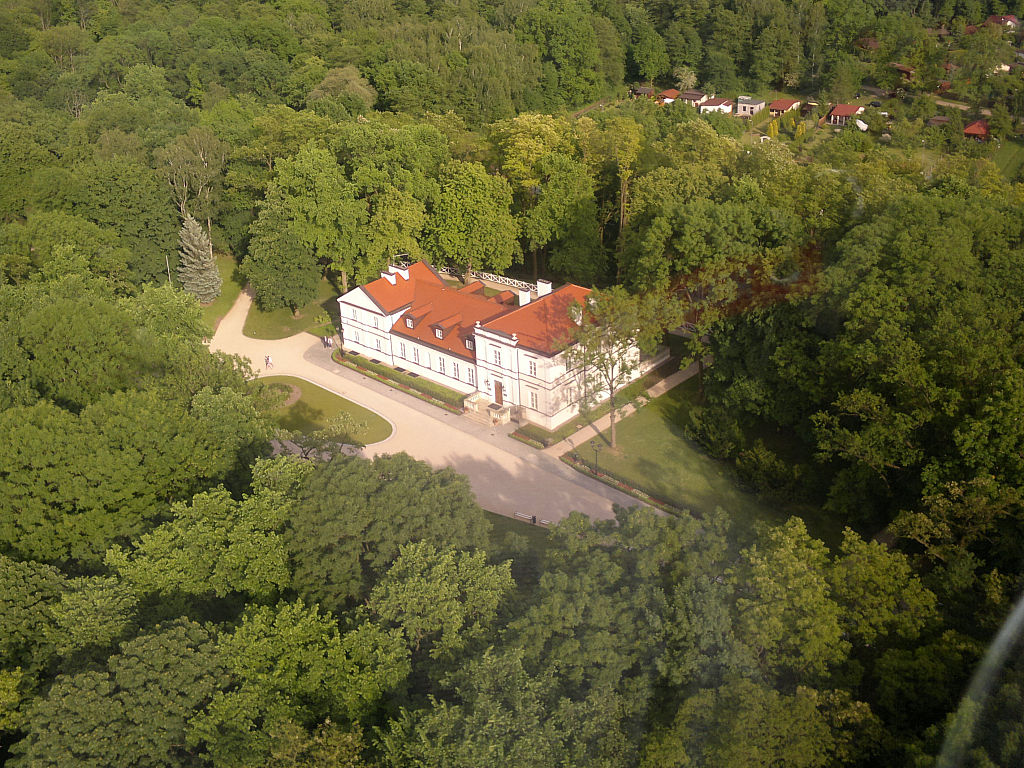
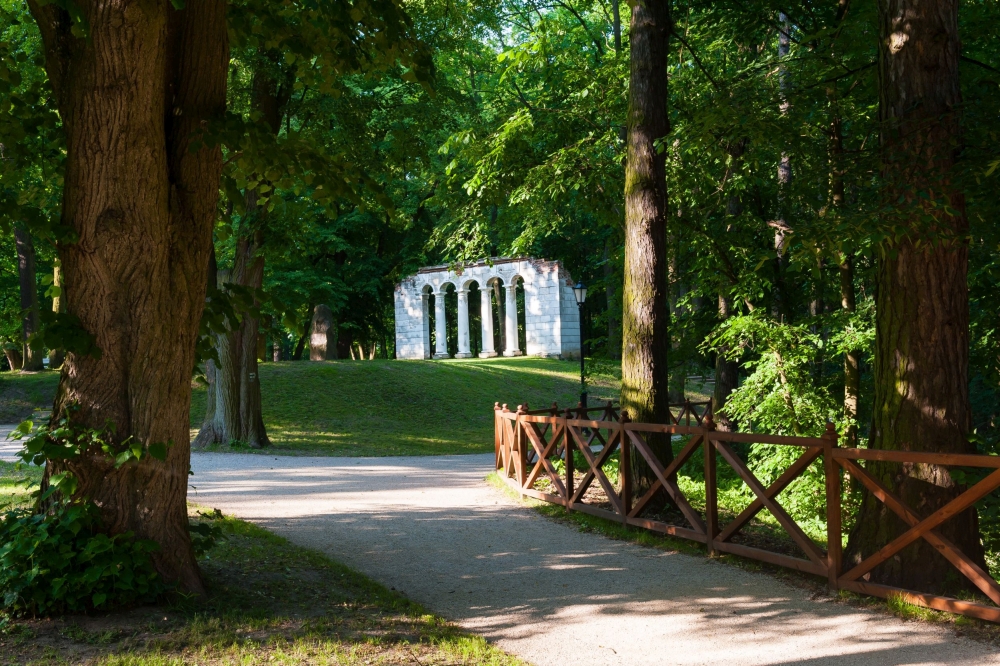
.jpg)
.jpg)
.jpg)
- Details
- Category: Page
Library
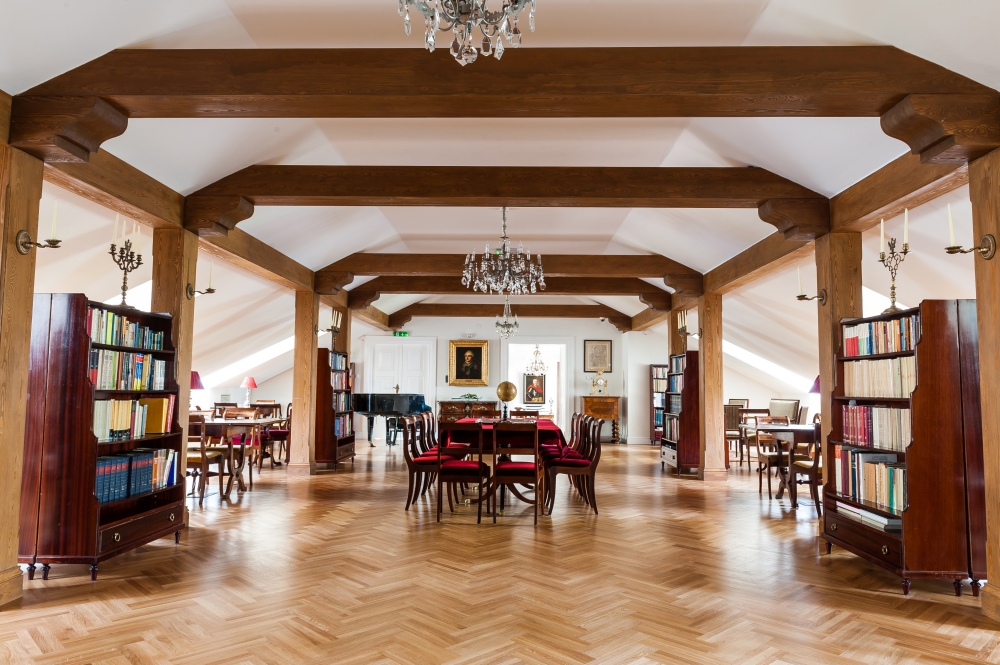 The library collection of Kazimierz Pulaski Museum consists of more than 4.5 thousand volumes. It includes items on the history of Poland and America, art history, classical literature, Polish emigration, as well as dictionaries, encyclopaedias, regionalisms and newspapers. Museum library with a collection of books until 1945 is upstairs, while the reference library with newer books is at the Education-Museum Centre.
The library collection of Kazimierz Pulaski Museum consists of more than 4.5 thousand volumes. It includes items on the history of Poland and America, art history, classical literature, Polish emigration, as well as dictionaries, encyclopaedias, regionalisms and newspapers. Museum library with a collection of books until 1945 is upstairs, while the reference library with newer books is at the Education-Museum Centre.
Among the collected books there are many highly valuable items, among others one of the few preserved original copy of the Constitution of May 3, 1791, or American comic book about Kazimierz Pulaski from 1941. Library collection is systematically expanded. In addition to books purchased by the museum, there are gifts of private individuals, institutions, and especially Polish Americans. The collections were given by, among others, Loda and Edward Rozanski from Chicago, Edward Moskal, Stanley Naj and Peter Obst. In 2015, the library collection (until 1945) was digitized, and digital reading room was created. Regional library has been separated.
There are meetings with authors and discussion meetings, poetry evenings and chamber concerts held in Pulaski’s Palace.
The collection is available to all interested, only in the library, upon notification.
- Details
- Category: Page
Jakie dane zbieramy?
Podczas wizyty na stronie automatycznie zbierane są dane dotyczące odwiedzin. Znamy datę i czas nadejścia zapytania, adres IP, informacje o przeglądarce, protokole wykorzystywanym do komunikacji oraz błędach, które wystąpiły.
Korzystamy również z dodatkowych narzędzi do analizy zachowań użytkowników.
W jaki sposób wykorzystujemy dane?
Dane zebrane podczas wizyty są wykorzystywane do celów związanych z administrowaniem strony. Informacje uzyskane z narzędzi do analizy zachowań użytkowników dają nam wiedzę o tym w jakim kierunku się rozwijać.
Wykorzystanie ciasteczek
Podczas wizyty na stronie serwer zapisuje na dysku użytkownika krótkie pliki tekstowe zwane ciasteczkami. Ciasteczka nie zawierają danych osobowych oraz nie ingerują w działanie komputera. Służą do identyfikacji przeglądarki i są wymagane do korzystania z niektórych funkcji dostępnych na stronie.
Jak wyłączyć ciasteczka?
W przypadku naruszenia prawa lub kontroli Generalnego Inspektora Ochrony Danych Osobowych dane mogą zostać udostępnione osobom do tego uprawnionym. W przypadku zmiany obowiązującej polityki prywatności do powyższego zapisu zostaną wprowadzone odpowiednie poprawki.
- Details
- Category: Page
Duis cursus vulputate lacus, consectetur tincidunt lectus pharetra a. Sed sed efficitur dui, at vulputate lectus. Integer sed nisl nisi. Duis elementum turpis ante, ut lobortis quam dignissim quis. Vestibulum consequat enim dui, eu fermentum erat tempus ac. Aenean ultricies vel justo sed elementum. Fusce interdum quam in ligula venenatis bibendum. Praesent massa lectus, congue quis turpis sit amet, pharetra lobortis tellus. Sed ac malesuada mauris, ac bibendum dui. Vivamus ut augue ac massa consectetur consequat. Integer nec felis a massa convallis sollicitudin vel quis augue. Nunc facilisis in ante eu porta.
Nam eu ex ut augue suscipit aliquam. Donec eget congue neque, ac elementum nibh. Nullam nec nulla imperdiet, viverra dui nec, fringilla dui. Nulla vulputate ipsum magna, vitae sagittis ligula porta ac. Aliquam erat volutpat. Mauris posuere faucibus lacus, vel rhoncus orci finibus dapibus. Nam interdum tortor egestas metus elementum gravida.
Nam ultricies felis justo, at feugiat sapien ultrices congue. Etiam cursus odio vitae ipsum sagittis, at dignissim est fermentum. Pellentesque elementum purus urna, vitae ullamcorper nunc feugiat quis. Donec euismod molestie faucibus. Etiam in imperdiet ex. Nulla mi leo, consectetur at congue sit amet, cursus eget mauris. Aenean pulvinar metus euismod risus posuere, vel porttitor ante lacinia. Aenean arcu est, efficitur nec fringilla at, dignissim a arcu.
- Details
- Category: Page
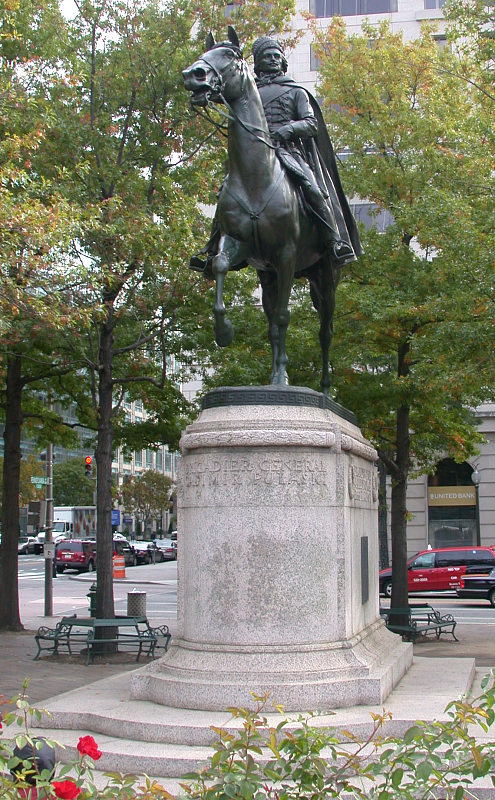
His love for liberty, courage, and heroic death have inspired many artists. Historical painters Jozef Chelmonski and Juliusz Kossak made him immortal on canvas. Poets and novelists in Poland and the world draw inspiration from his example. Henry Wadsworth Longfellow dedicated a piece to Casimir Pulaski. In Polish literature, Pulaski appears in two works: "November" (Listopad) by a Romantic-era journalist and novelist Henryk Rzewuski, and "Pulaski in America" (Pulaski w Ameryce) by a satirist, publicist, and playwright Adolf Nowaczynski (1876-1944). Pulaski's figure is best represented in Polish political pieces, Romantic-era legends, and memoirs. Several musical pieces were written in his honor.
The Polish American community sees Pulaski as their hero, who motivates them to promote their homeland. Since 1929, they have been paying tribute to Pulaski by marching down 5th Avenue NYC on the first Sunday of October in the big Pulaski Day Parade. Americans have used Pulaski's name to refer to streets, roads, parks, bridges, and even entire towns and counties. Many monuments, memorials, statues, and commemorative plaques are dedicated to the Father of American Cavalry. In 2009, President Barrack Obama signed a joint resolution of the House and the Senate which posthumously made General Pulaski an Honorary American Citizen (111th Congress Public Law 94).
The memory of Casimir Pulaski in Poland is also alive and well. His name is on a Polish navy vessel ORP „Gen K. Pulaski,” Casimir Pulaski University of Technology and Humanities in Radom (Uniwersytet Technologiczno-Humanistyczny im. Kazimierza Pulaskiego w Radomiu), and other schools and organizations. Warka is among numerous entities to be proudly using the hero's name. A street and residential complex in Warka-Winiary, a local school, Warka Town Boosters (Towarzystwo Milosnikow Miasta Warki), and other organizations paid tribute to Pulaski by adopting his name. The Casimir Pulaski Museum is a living monument to the Hero of Two Nations, which keeps his memory very much alive.



